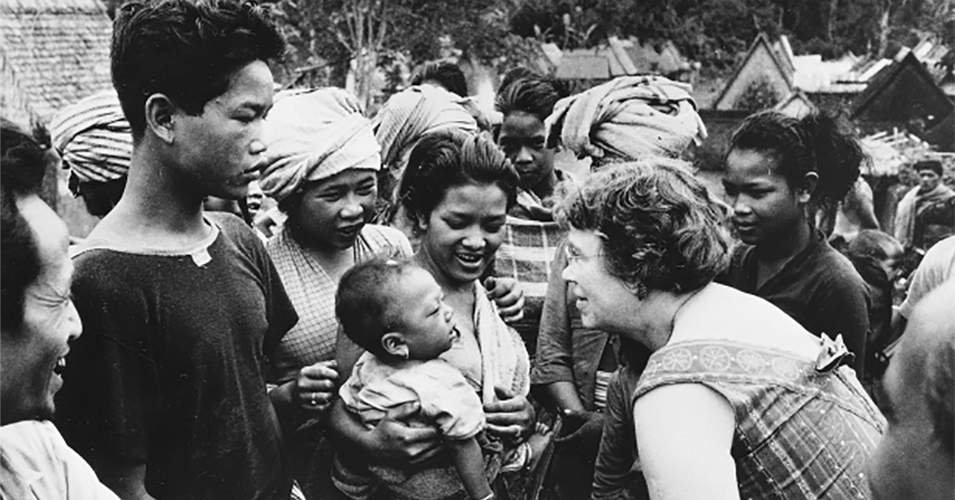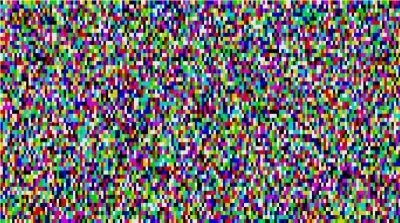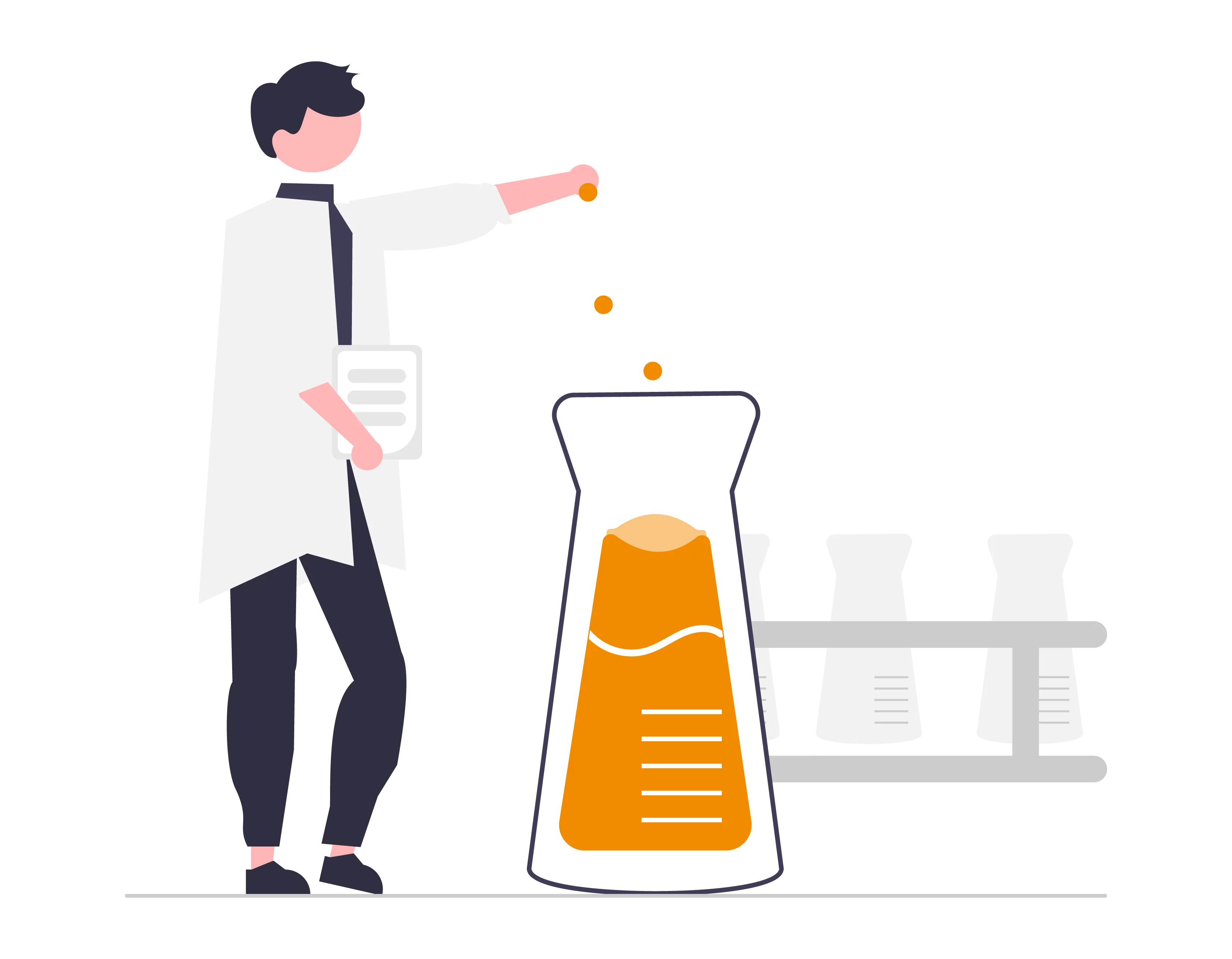How to do ethnography research
Likely the best way to understand what people do, is to watch how they do it. How people shop – online and off. How people use technology. How people live, cook, clean, sleep and eat. How people interact with their friends, family, workmates and community. Being present and observing. (Above photo Margaret Mead)
Big data and surveys certainly have a role in understanding behaviour. Yet, big data such as clicks, swipes, impressions and purchases typically miss what it means to be human. The nuances of human behaviour. Those steps in actions, moods and habitualness prior being recorded as a data point. Big data likely sees the nightly meal as fridge, cook and eat, yet it is the nuances that make us human and where innovation originates.
Surveys, and even focus groups and other forms of qualitative research, can miss the nuances of being human. Asking people how and why they do what they do can be fraught with danger, as much of what we do and why we do it is non-conscious, irrational or sometimes embarrassing. People do not know what they don’t know. No one wishes to seem silly or vague. Innovation comes from seeing beyond the likely embarrassing, and in the hidden obvious.
“What people say, what people do, and what they say they do are entirely different things.”
American cultural anthropologist Margaret Mead (1901-1978)
Ethnography allows for patterns and behaviours that are hidden to be revealed. From how people navigate a supermarket to an App or website. From a day at the football to preparing a meal for the family, or the ritual of cleaning the home or whatever it may be. Typically ethnography is conducted by an anthropologist or researcher with experience and skills in observation, recording, analysing for patterns and documenting insights.
The approach can vary depending on the situation from overt involvement (e.g. shopping with the participant, including discussing the process) to covert detachment (i.e. observing the shopping at a distance without involvement), or somewhere between. Solid ethnography takes patience and would typically require the investment of days to weeks (or much longer) of observation. In this era of rapid fire sprints, ethnography is about patient and thoughtful insight.
While the process of ethnography can differ it typically flows …
- Setting hypothesis and research questions to prove / disprove
- Situation / participant definition – e.g. number, demographics, sites
- Determine level of involvement overt (transparent) vs covert (secret)
- Collect relevant data – e.g. field notes, photos, analytics, interviews
- Analyse patterns – e.g. consistencies and inconsistencies, themes etc
- Critique patterns (5) against hypothesis and research questions
- Identify gaps and refine hypothesis and research questions
- If gaps, go back to (4) ‘collect relevant data‘
- Finalise patterns, conceptualise and highlight the hidden
- Document ‘story’ of findings, key insights and opportunities


Over many years Square Holes has conducted ethnography as a critical part of research studies. From assisting groups in finding innovation to making life easier around the home, to keeping our communities clean from litter, to better understanding the habitual tunnel vision shoppers typically navigate stores. Such studies have been valuable in resolving problems and enhancements consumers have been unable or unwilling to articulate otherwise.
Often consumers find it difficult to identify new products that would make their life better or easier. Hence the role of methodologies such as ethnography in observing the hidden and seeing opportunities.
Ethnography is an immersive research methodology used by many of the world’s leading innovators such as Lego. As noted in The Guardian’s article ‘How Lego clicked: the super brand that reinvented itself.’
As the article notes …
‘Lego is said to conduct the largest ethnographic study of children in the world. “We call it ‘camping with consumers’,” says Anne Flemmert Jensen, senior director of its Global Insights group. “My team spends all our time travelling around the world, talking to kids and their families and participating in their daily lives.” This includes watching how kids play on their own and with friends, how siblings interact and why some toys remain perennial favourites while others are relegated to the toy box.”
‘How Lego clicked: the super brand that reinvented itself.’
Australian anthropologist and ethnographer Dr Genevieve Bell, previously a Vice President and senior fellow of Intel for over 18 years. She grew up in aboriginal communities, in Australia with her anthropologist mother. In the USA, she taught anthropology at Stanford University.
“You have to understand people to build the next generation of technology.”
Dr Genevieve Bell
Ethnography plays a valuable role in diving deep into the world of real people, beyond the BIG data, to actually understand the nuances of human behaviour. The non-conscious, irrational or sometimes embarrassing. Ethnography, particularly when triangulated with other quantitative and qualitative research approaches, is powerful in finding the hidden obvious that innovation is seeded and grown.





